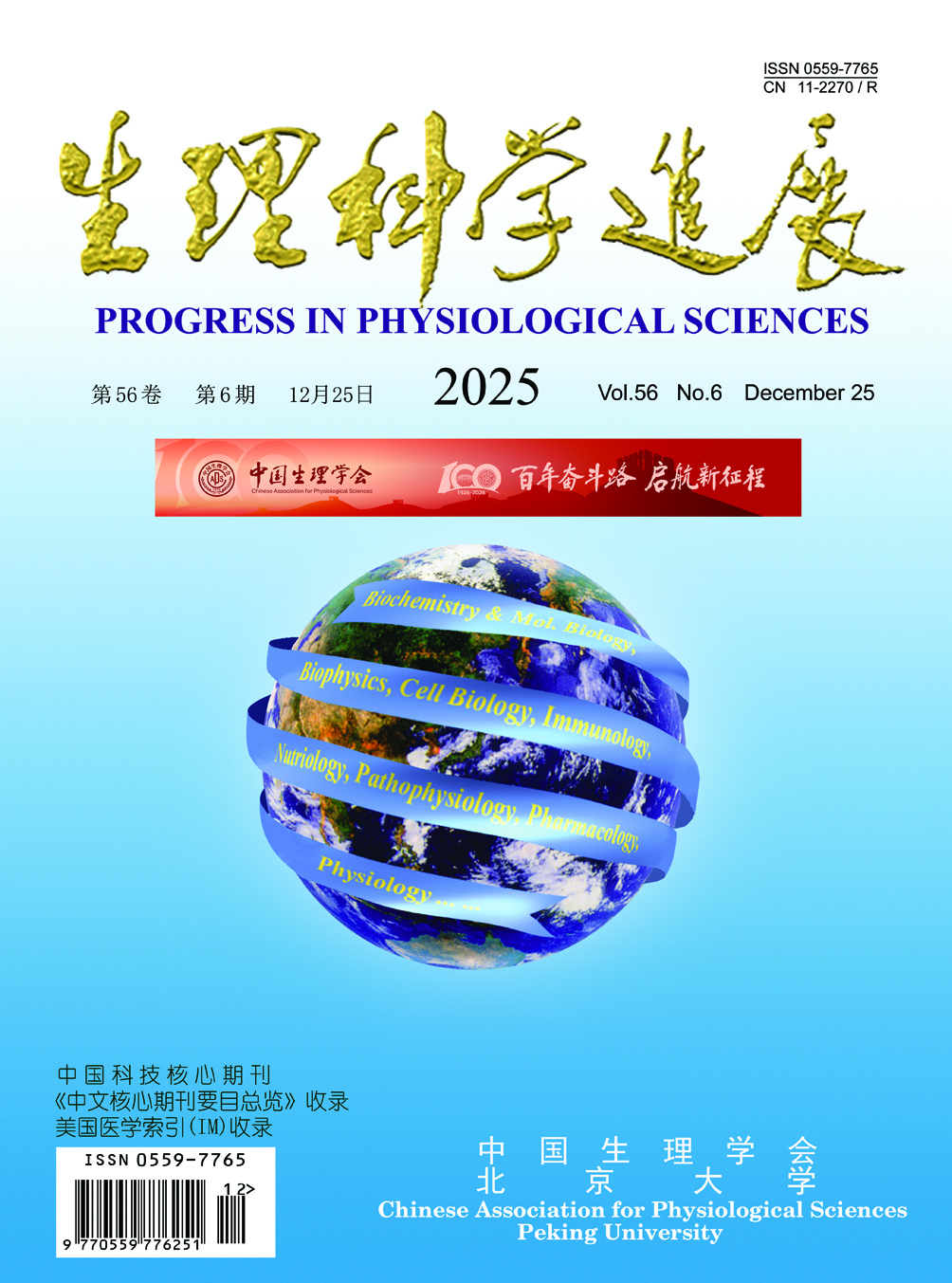WU Ri-Han1, 2, YANG Hao2, △
Tumor-associated macrophages (TAMs) are highly plastic innate immune cells in the tumor microenvironment of lung cancer and other solid tumors, playing key roles in tumor development, immune resistance, and therapeutic response. With the advent of single-cell sequencing and spatial transcriptomics, the heterogeneity, lineage origins, and dynamic functions of TAMs have been increasingly elucidated, challenging the traditional M1/M2 polarization model. This review summarizes the origins, distribution, polarization states, and metabolic regulation of TAMs in lung cancer, highlighting the impact of lactate-hypoxia axis, lipid metabolism, and cholesterol metabolism on their immunosuppressive functions. We also discuss the roles of TAMs in immune surveillance, tumor proliferation, angiogenesis, metastasis, and immune resistance, with a focus on TREM2+ lipid-associated TAMs in the formation of immune-cold regions and resistance to immune checkpoint inhibitors. Finally, we summarize strategies targeting TAM recruitment, phenotypic reprogramming, metabolic intervention, and combination immunotherapy, and propose personalized interventions based on TAM heterogeneity, providing a theoretical basis for optimizing lung cancer immunotherapy.
